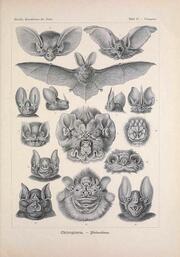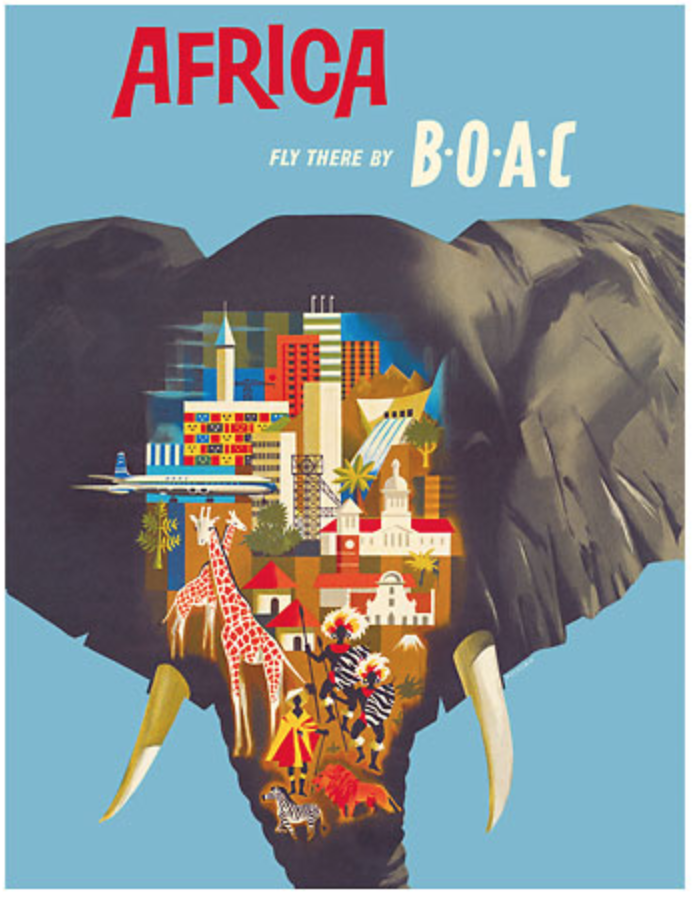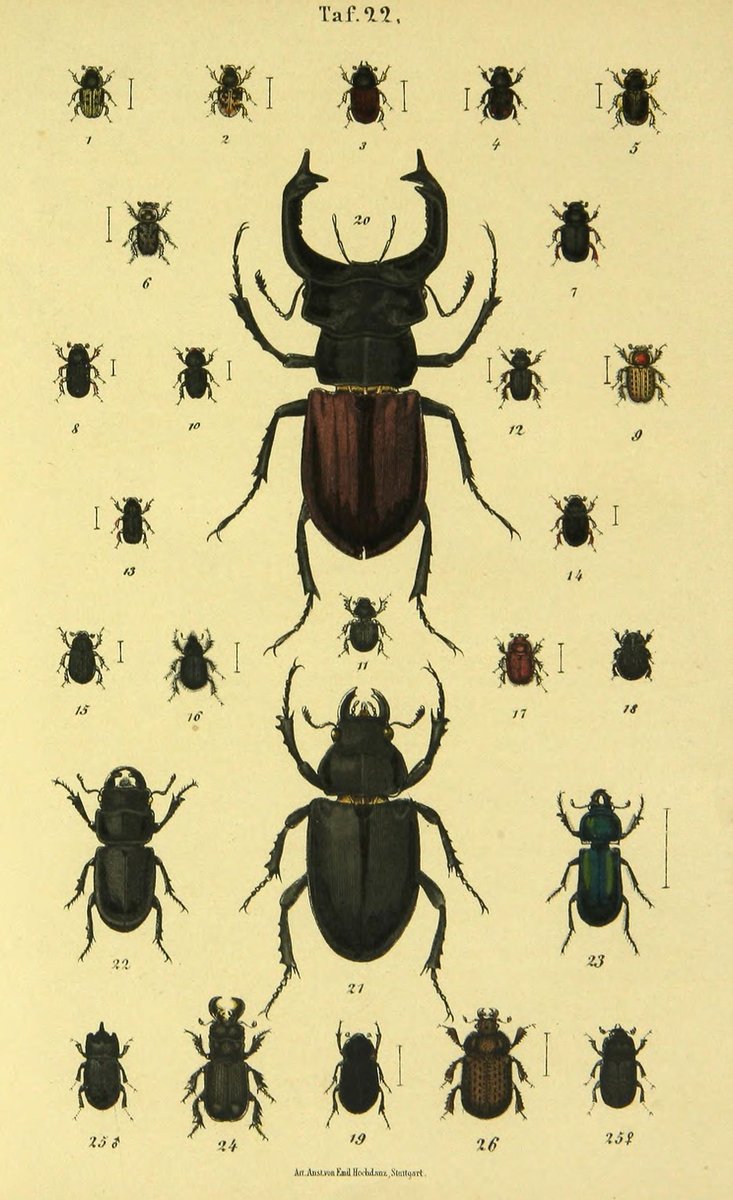|
Every year, South Africa's remote semi-deserts erupt into a carpet of colour, but some years are just better than others.
2020 will forever signify global disaster. The year of lockdown, banana bread, that elusive 'new normal', pivoting and, of course, pandemic. However, for the Northern Cape, this odd year also offered up a natural miracle. After almost a decade of extreme drought, the region finally welcomed healthy winter rains that ensured the abundant return of South Africa's seasonal vivid wildflower spectacle.
We buckled into the capable Ford Everest to report on Namaqualand's brilliant blooms and spread the good news.
A Ford-powered Flower Safari
Our adventure began in Egoli, and we had a lot of ground to cover in our one-week itinerary. The Ford Everest 2.0L bi-turbo ensured we made mincemeat of tar and gravel roads alike. The sleek but spacious vehicle has a 10-speed automatic transmission and easily powered our cross-country adventure with maximum comfort.
We were packed to the hilt too, with camping kit, camera gear, snacks, sanitiser and other road trip supplies. All we had to do was plug coordinates into the navigation display, hit cruise control, and off we went. From Egoli to Isolation
South Africa's provincial borders opened just in time for us to (safely) seek out the distant landscapes that tend to transform into technicolour wonderlands. We hit the N1 south towards Cape Town, opting for an early morning that ensured we missed city traffic slogs and found ourselves pulling off for a Wimpy brekkie at 9am.
Also read this: Cruising the Karoo's Flourishing Wilds
The simple suites at Eco Karoo Lodge beckoned as our first overnight, and so we swopped the national highway for brilliant backroads. Lauren pointed to stately Oryx strutting their stuff and lovely lambs, while co-pilot Carmen helped me spot the Ground squirrels who sprinted recklessly across the dusty road. We opened the windows, allowing Karoo air to rush in and admired the sprawling landscapes as they unfolded before us, bleached and endless.
On arrival, we relished 4200 hectares of peace and quiet for an afternoon and evening. Just a two-hour drive from Bloemfontein, but it already felt like a million miles from everywhere.
Day two saw us crossing the wide Orange River on an old steel bridge, travelling through De Aar, Britstown and Carnarvon before crunching gravel again to get to Stuurmansfontein. Our unique igloo-shaped abode was an extraordinary off-the-grid traditional Corbelled House.
Built using stacked stones by trekboers (migrant stock farmers) in the 1800s, these dwellings and granaries are found nowhere else in South Africa. Stuurmansfontein is perfectly restored and has stargazing sublime.
Namaqualand - or Never Never Land?
The following morning, after passing through Williston (enjoying coffee and a guided tour at De Ark) and the enormous post box that marks Calvinia, we spied our first wildflowers. I steered the Ford Everest off the tar again, heading south for the Cederberg.
Yellow daisies the colour of deep butter adorned Bieudouw Valley. The sun shone in our favour, and the flower faces swung towards the 4X4 in all their glory. What a display! We spent a full afternoon photographing every angle then collapsed happily into our tents at Enjo Nature Farm for an evening beside the gurgling stream.
Despite covering the majority of the country, the Northern Cape is pegged as the 'forgotten province'. Few travellers set foot in these rugged desert-scapes - until August and September roll around. In Nieuwoudtville, we found plenty of other tourists cruising the colourful backroads in search of blossoms. Both were out in force at the Hantam Botanical Garden.
Daisies, lilies, vygies and endless other technicolour flower species had burst into flower, forming lilac, peach and burnt orange fields. Fuelled from roosterkoek bought from the tannies outside of town, we then stopped to appreciate the 90-metre high Niewoutdville waterfall before dropping down Vanrhyns Pass, built by Thomas Baine.
Many travellers know that Namaqualand boasts bright blooms, but few realise that the Namaqua National Park consists of two totally different sections. We started down at the bottom, where we had to engage 4X4 to camp beside the crashing waves of the West Coast.
First, I let our tyre pressures down to the SANParks recommendation of 1,2 bars and let the Everest do all the hard work. It effortlessly navigated the pale, loose beach sand that distinguished the Namaqua Coastal section of the park.
We drove beside ocean for 50-kilometres, enjoying the spectacular coastline and keeping an eye out for both marine and land mammals. We were rewarded with Meerkats, Ostrich, Oryx plus an ever-growing floral display as we motored north atop craggy mountain tops. The complete 4X4 route took us just over six hours to complete and culminated in an epic flower finale at the Skilpad Wildflower Section of Namaqua National Park.
Kamieskroon made for a simple self-catering stopover before we pushed on to Springbok and one last bucket list tick. Augrabies is derived from the Khoi word Aukoerabis which means 'the place of great noise', and the cascade sure is impressive. We practically had Augrabies Falls to ourselves, and we roamed the walkways soaking up views of the Orange River from all aspects.
On our final day, we drove the long ten hours home to Johannesburg in one shot. Upington, Kathu, Kuruman, Vryburg and Ventersdorp passed in a blur. What a wild ride it was across the Karoo, Cederberg and Northern Cape.
It still doesn’t feel real. The fact that those flowers appear with such glamour and splendour, then retreat again into the stoney, arid plains. Is this Namaqualand? Or a fantasy? A Never Never Land?
Either way, it didn't break the budget. Travelling from hubs like Johannesburg to small towns risked exposure, but we endeavoured to mitigate the risk of Covid-19 spread at all times. We kept to ourselves by camping and using self-catering stays, sanitised often and wore a mask at all times. However, we also did our best to support local stopping off for socially-distanced tours, padstal nibbles and paying those vital conservation fees.
Our trip worked out to R5200 per person, 3500km, 50 driving hours, eight days, three friends and all in one extraordinary country!
Disclaimer: Ford South Africa powered our journey to the Northern Cape and sponsored a vehicle for the week-long road trip. I independently planned the route, itinerary and destinations, all opinions expressed are my own.
8 Comments
Morgan
20/10/2020 08:57:33 am
Informative, well written, congratulations
Reply
Janet de Kretser
21/10/2020 02:12:15 pm
Hi Melanie
Reply
29/10/2020 10:54:32 am
Thank you Janet - you're right, this route is easily done in a sedan too (with some slight deviations! I wouldn't try the coastal section of Namaqua National Park without 4x4!)
Reply
Justin
20/8/2021 06:53:35 am
Aww man this has to be added to my bucket list. Looks like you guys had such a fantastic time
Reply
Your travel blog is a treasure trove of information that never fails to captivate my wanderlust. Your articles are not only incredibly informative but also beautifully written. It's evident that you put a lot of effort into crafting each post, and for that, I'm truly grateful. Your blog is my go-to destination for travel inspiration.
Reply
Leave a Reply. |
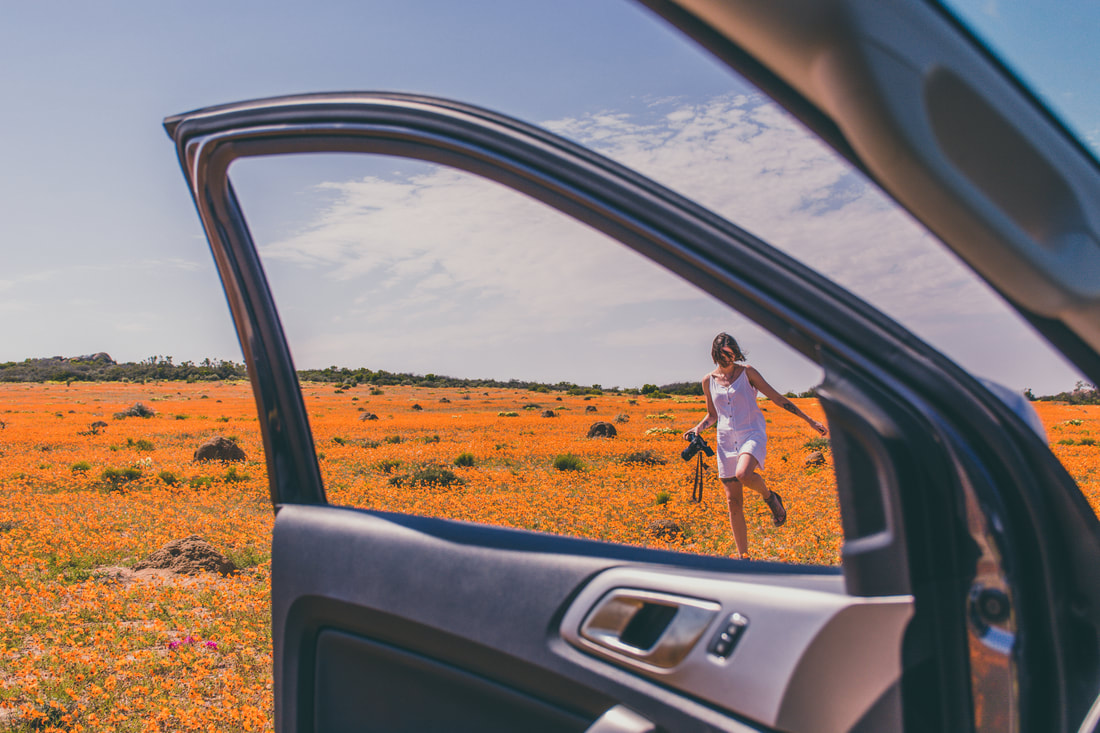
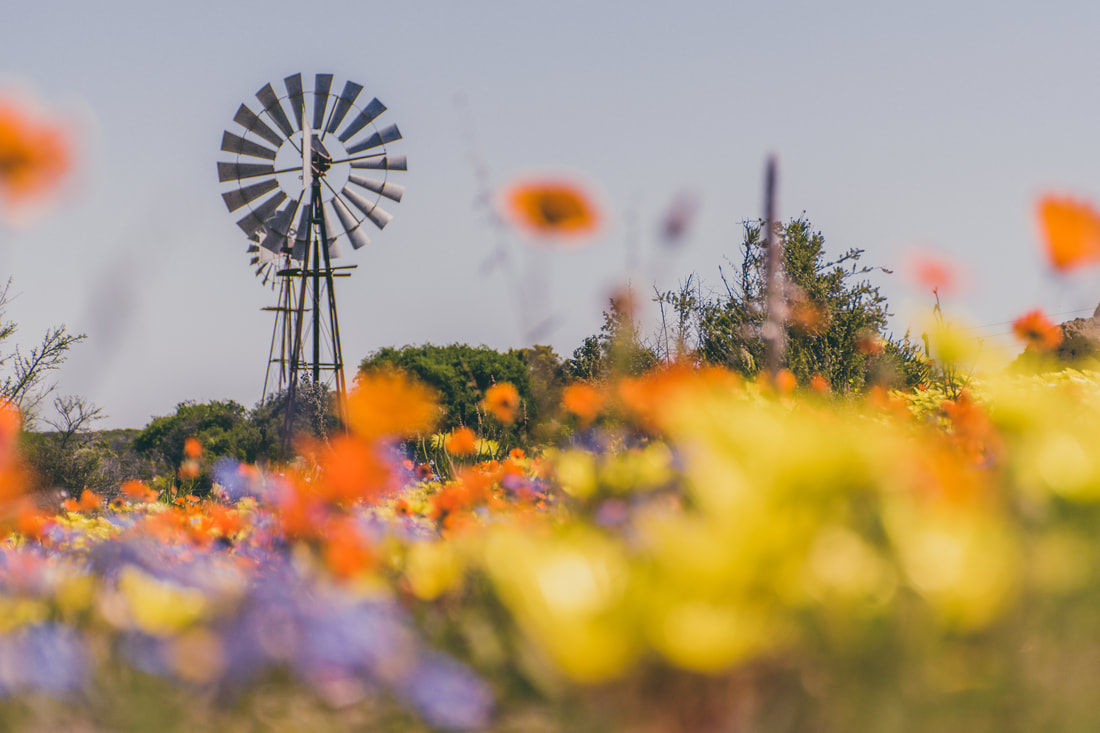
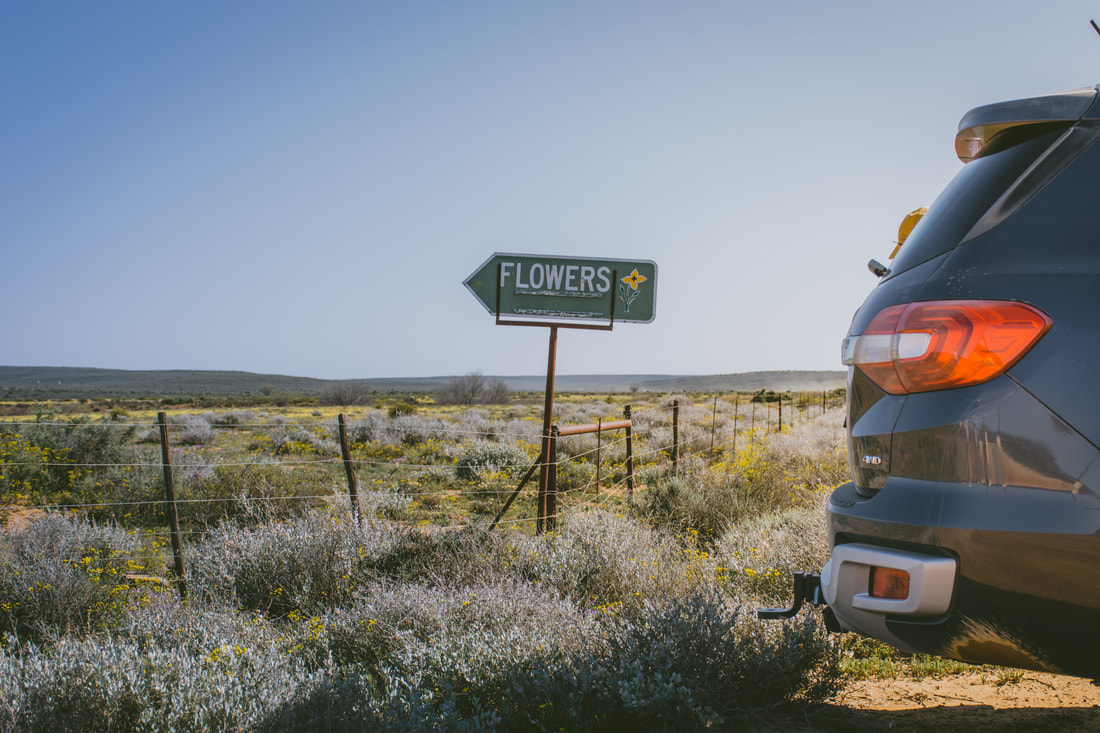
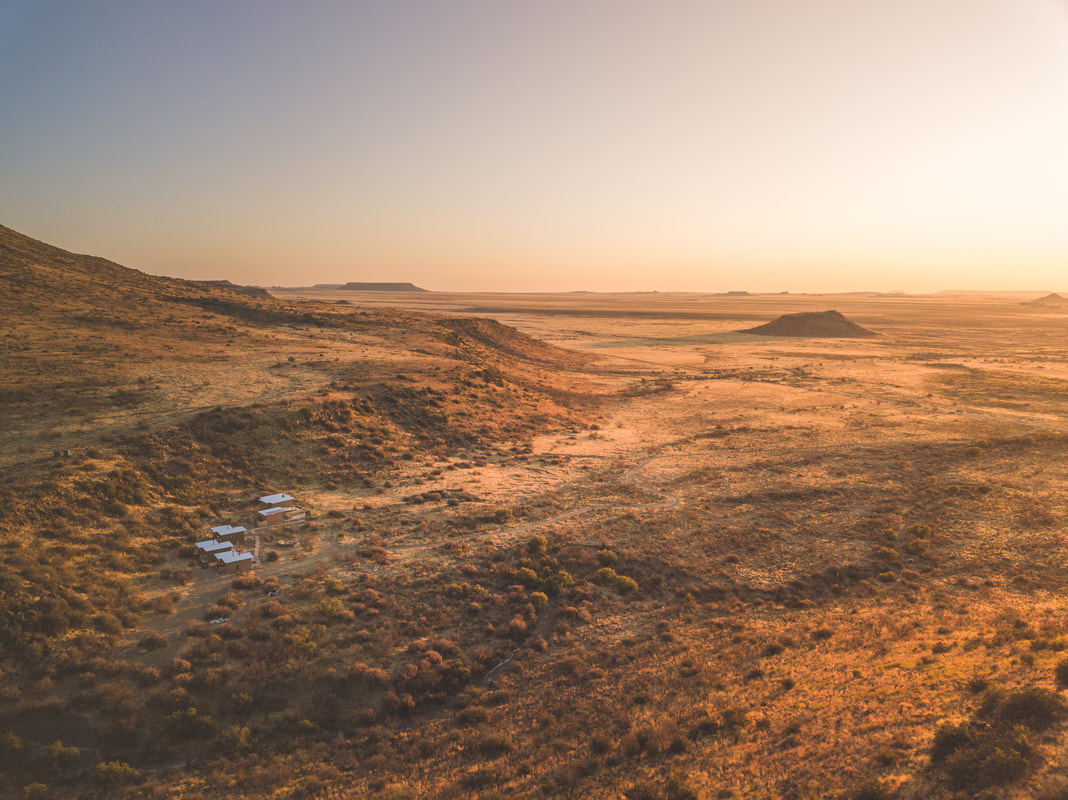
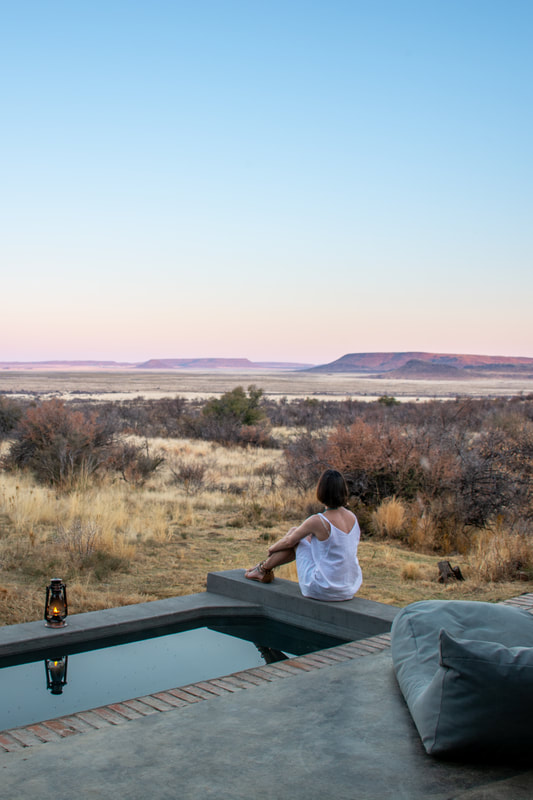
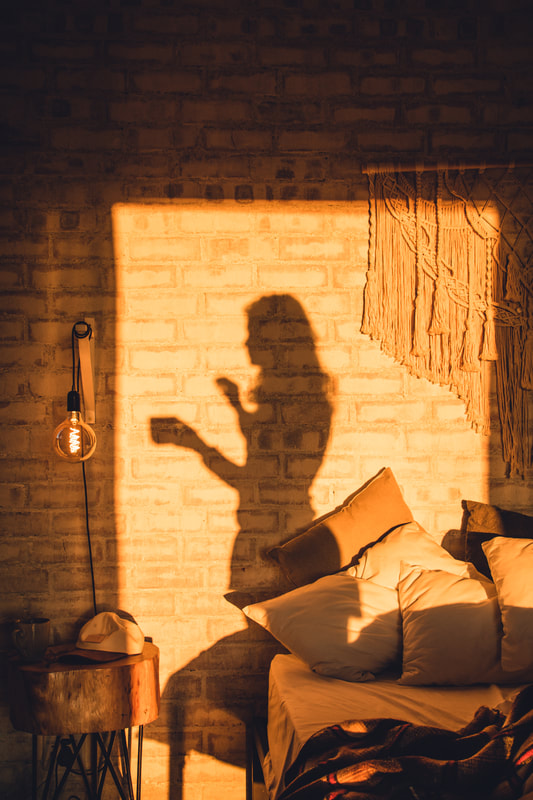
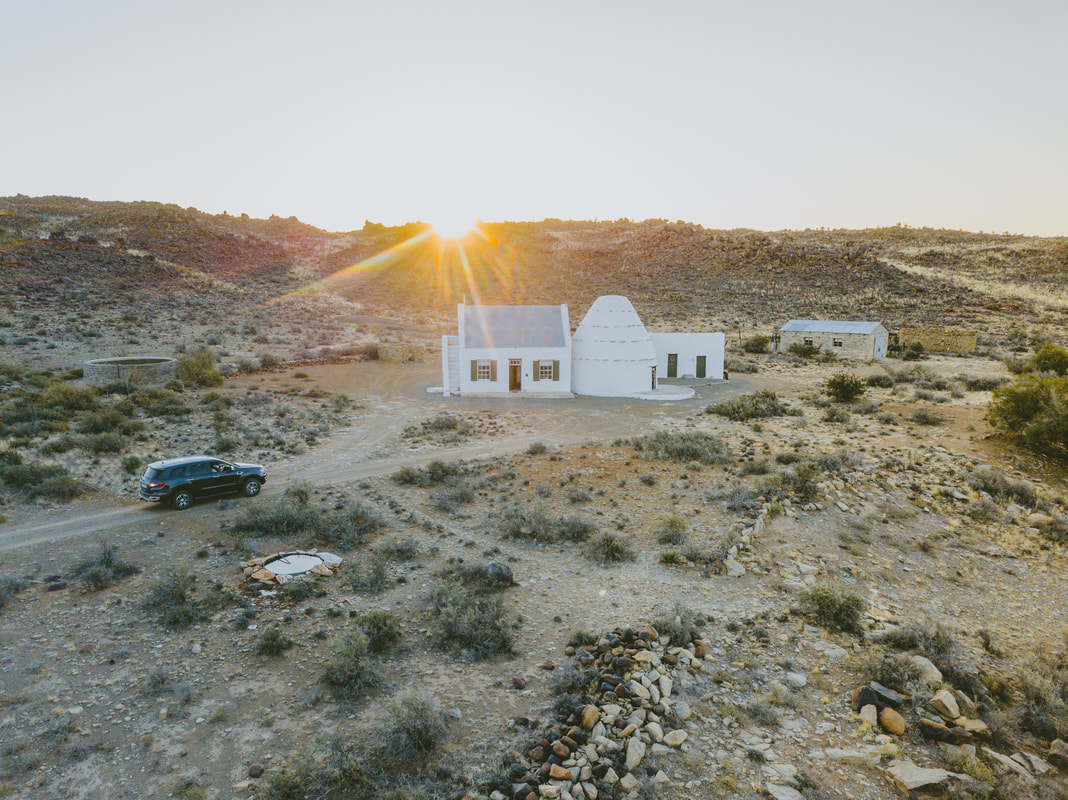
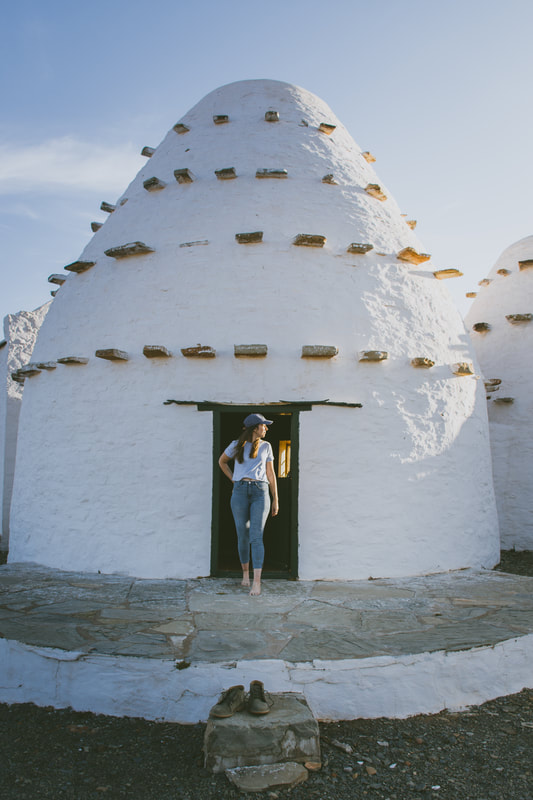
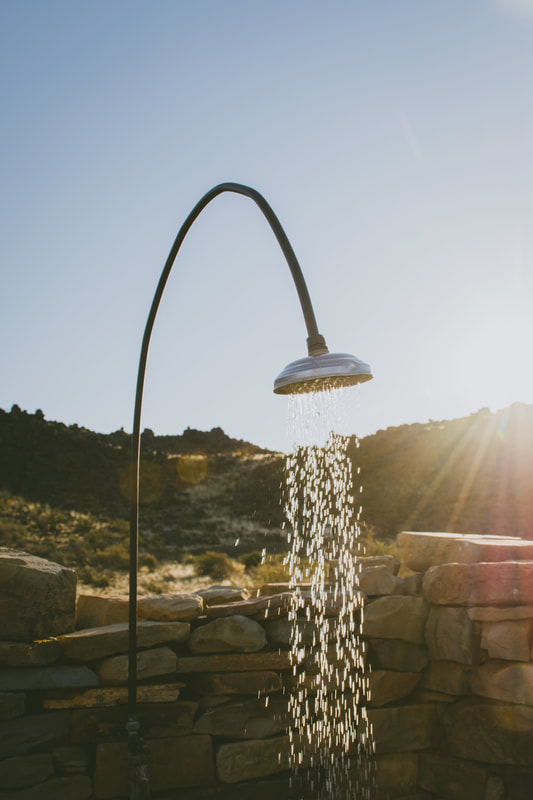
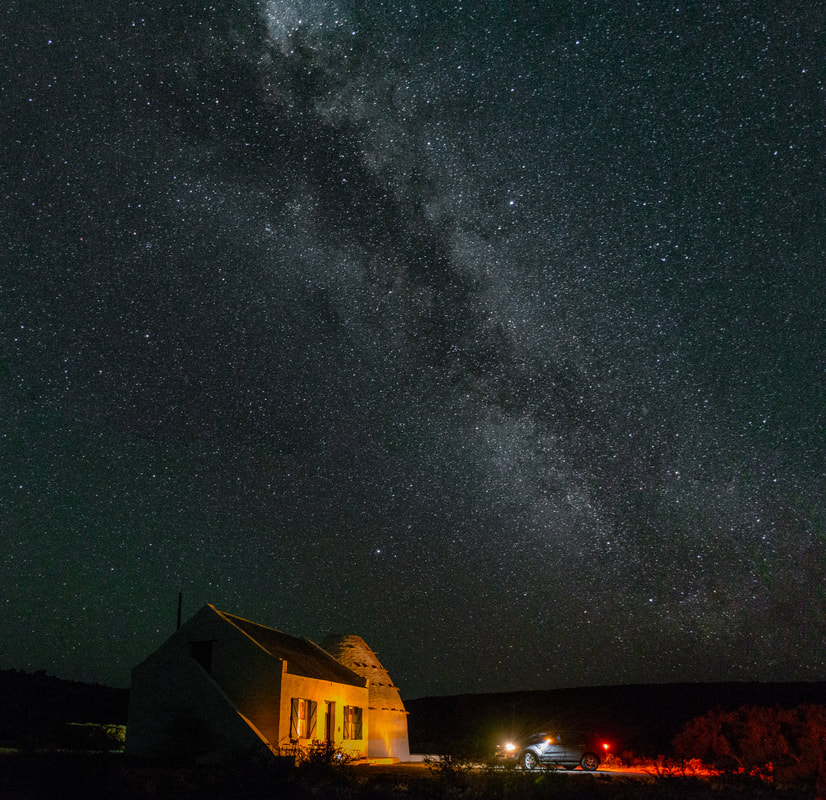
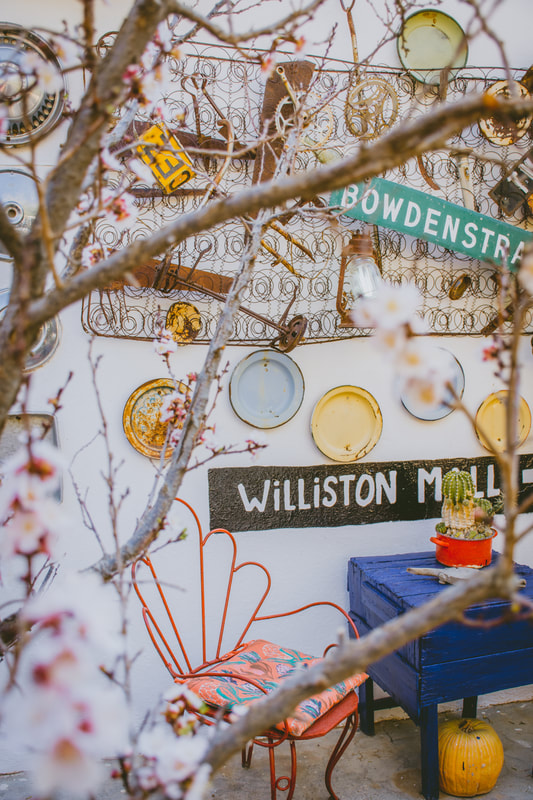
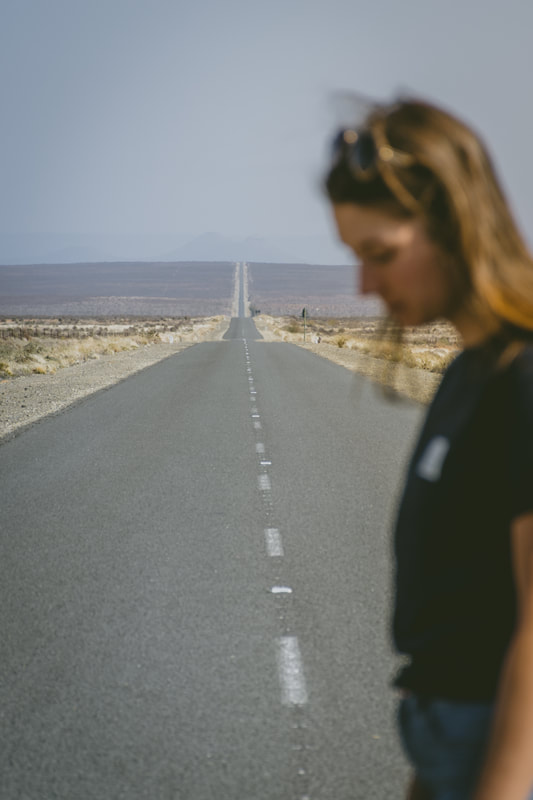
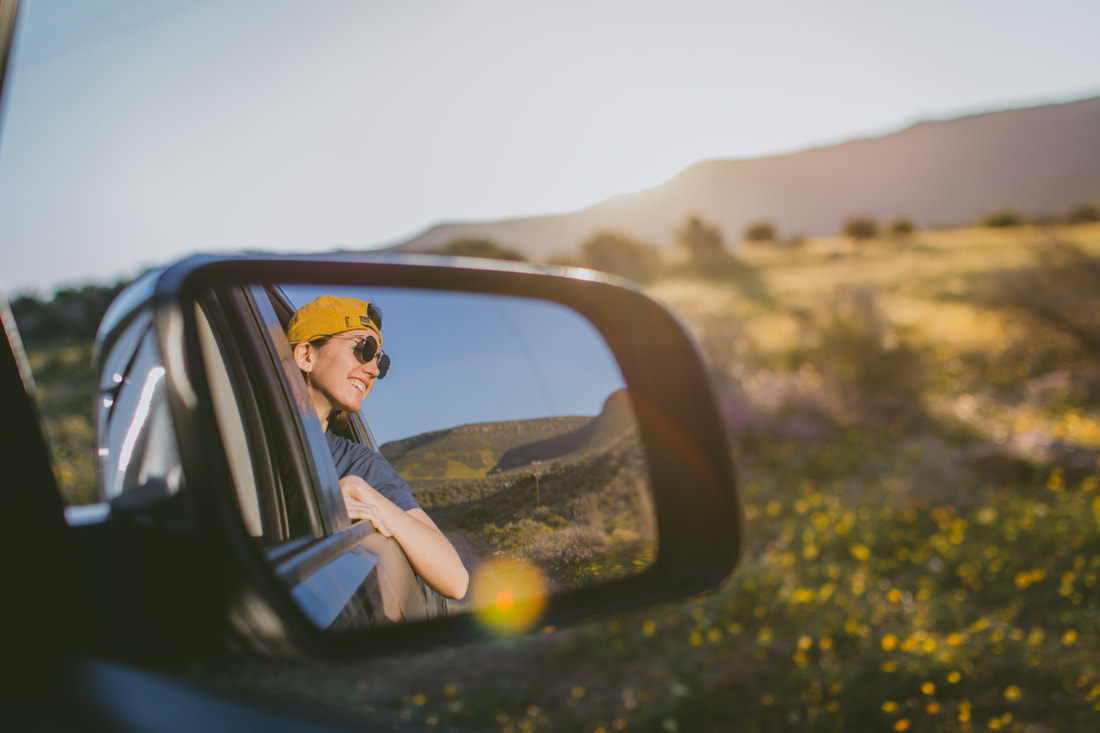
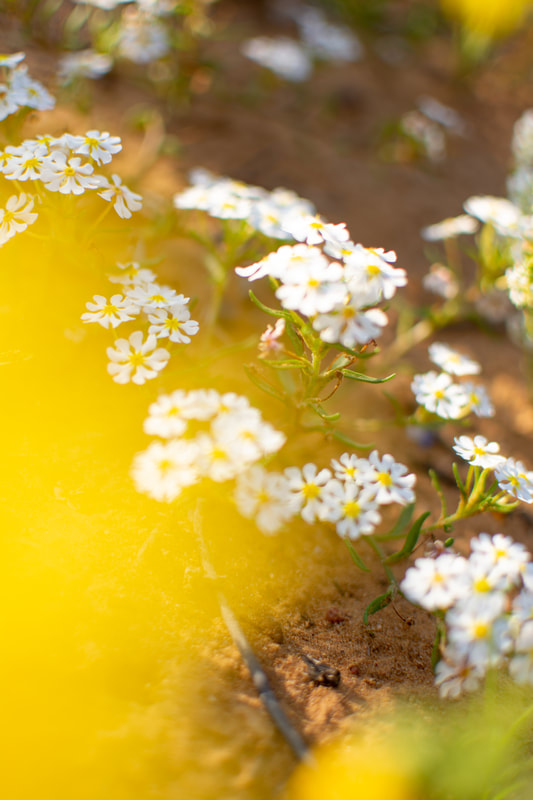
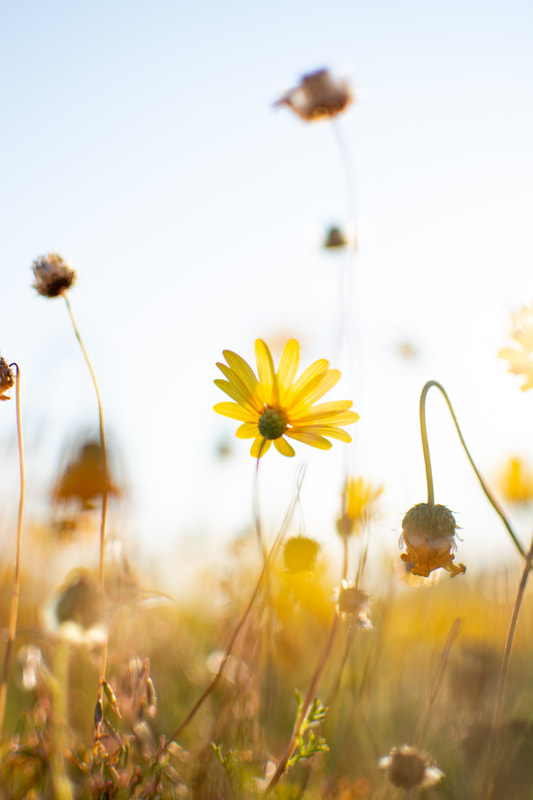
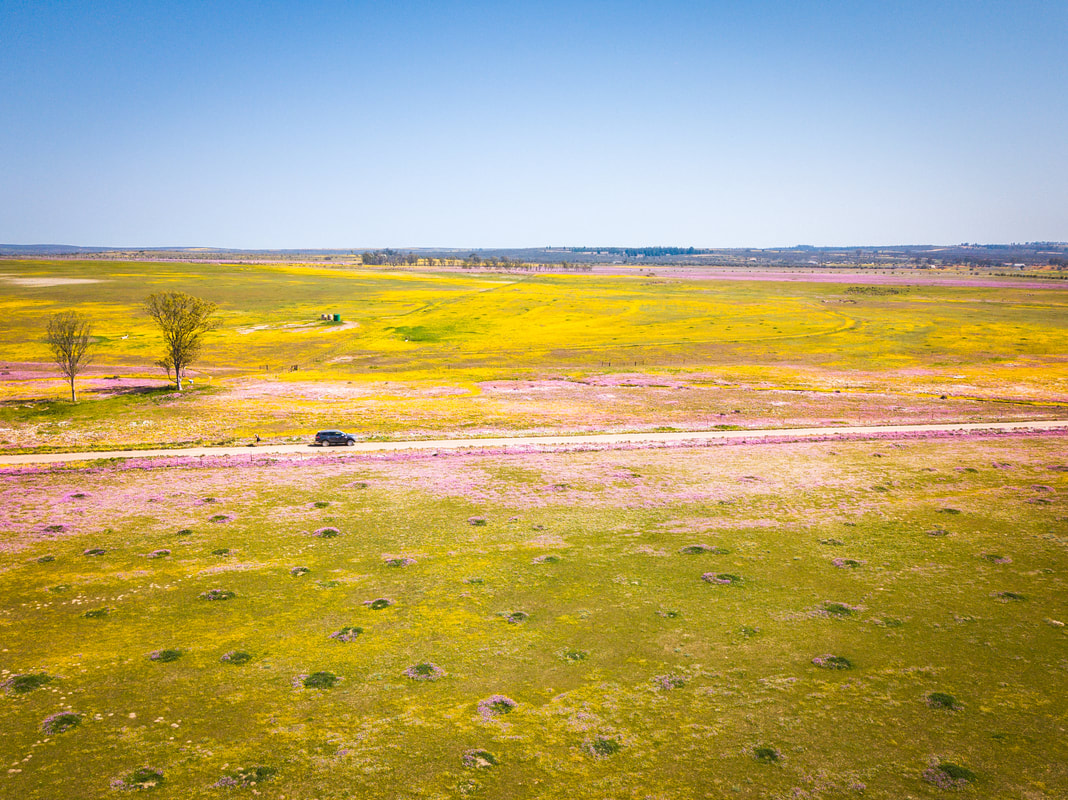
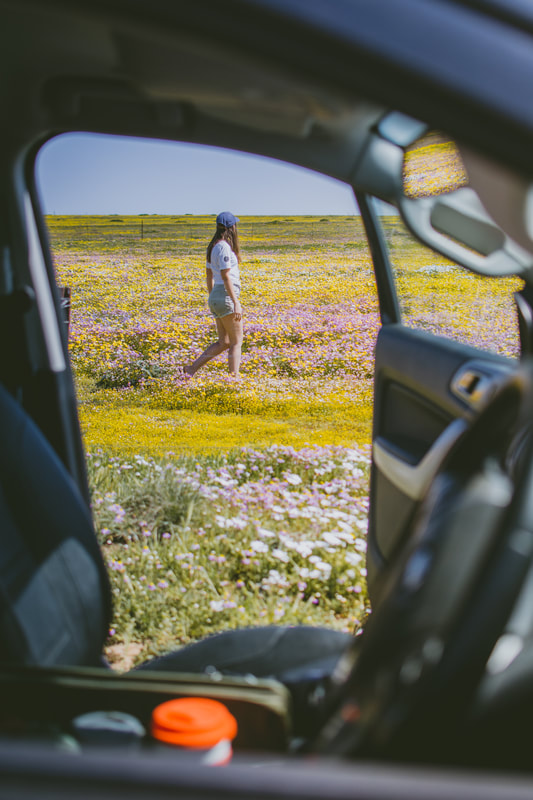
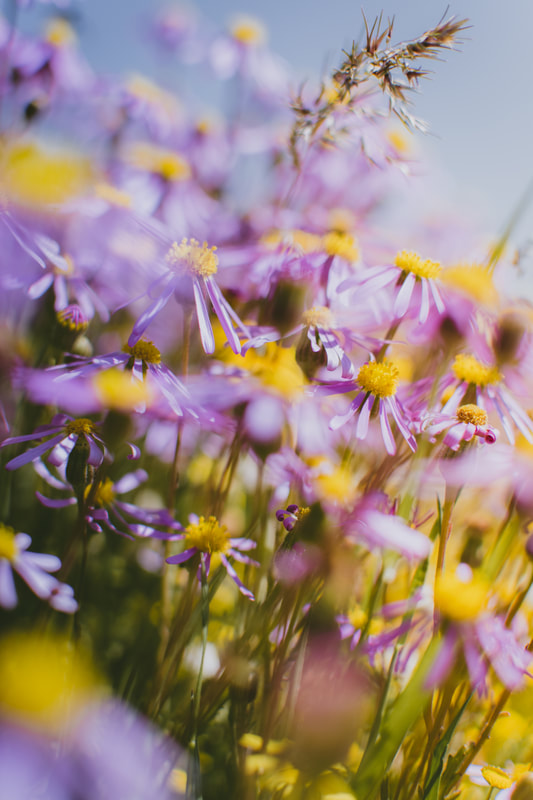
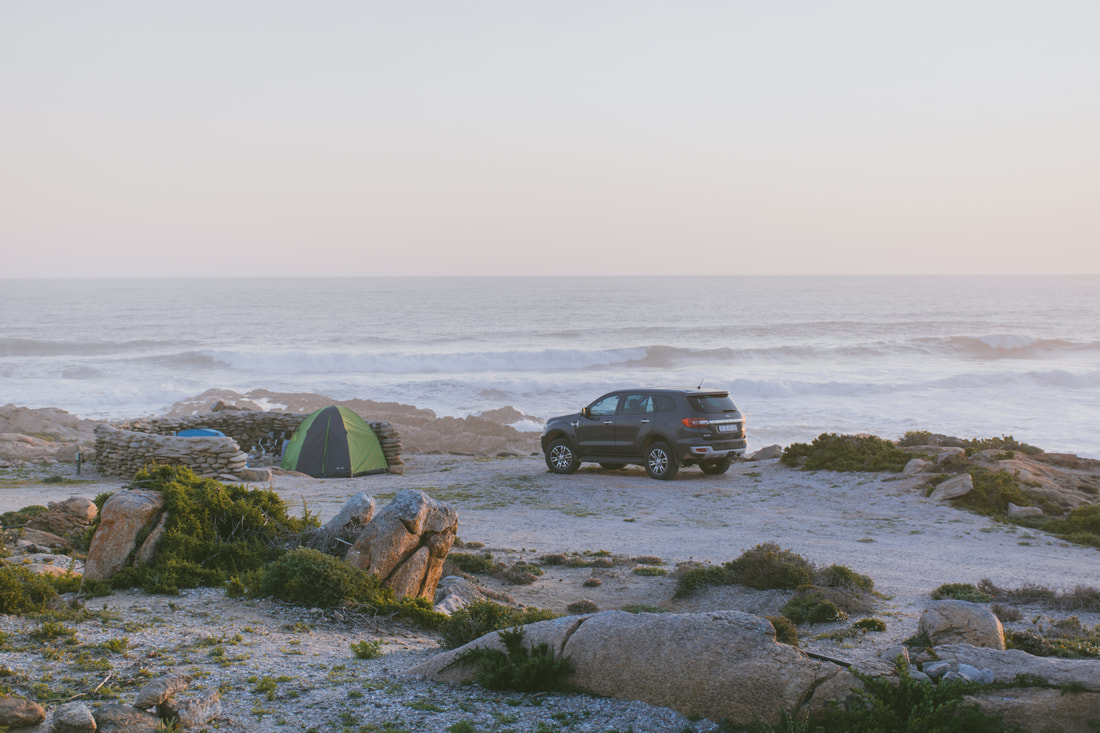
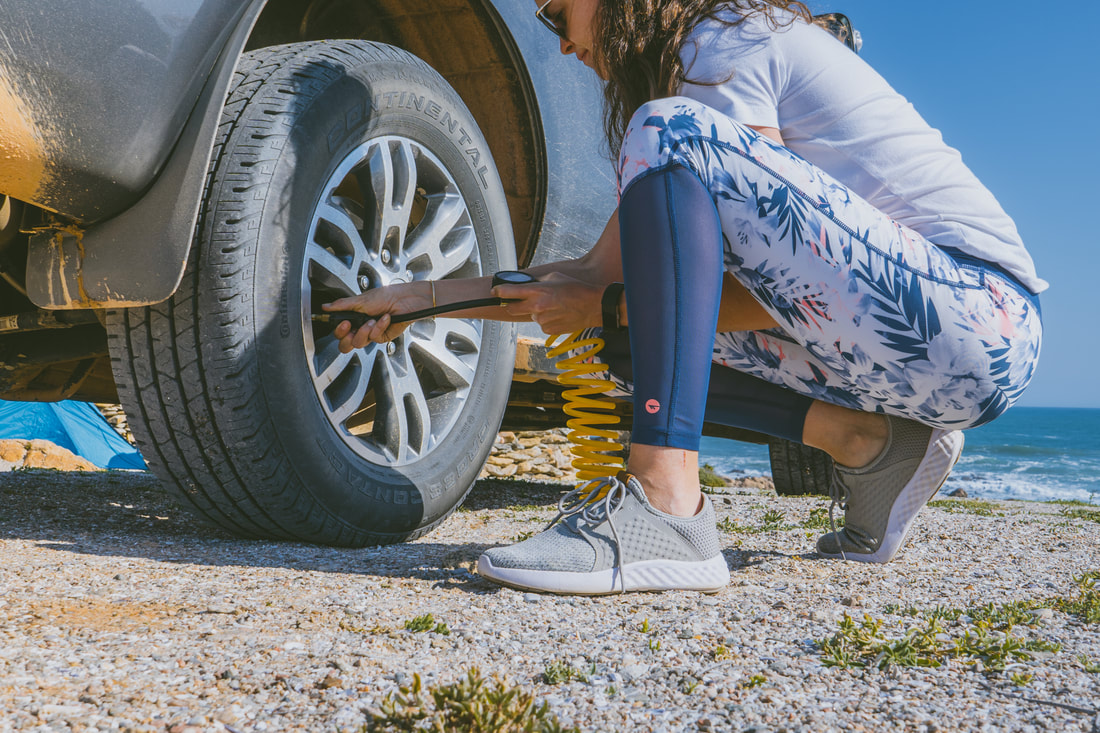
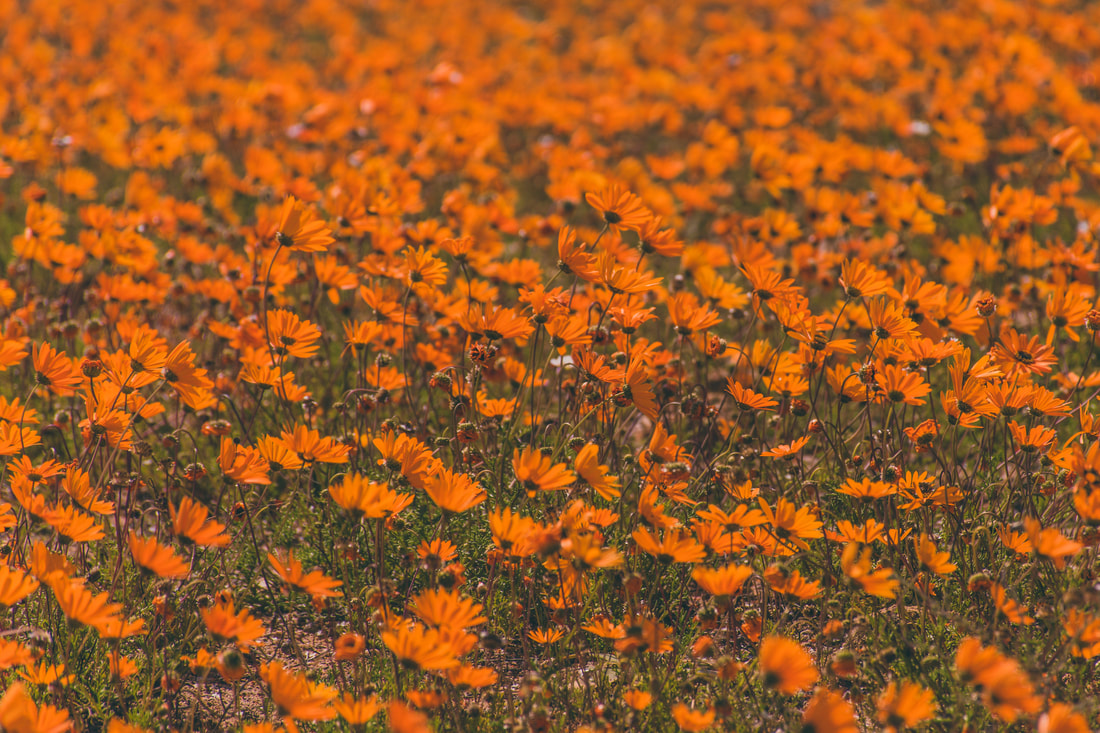
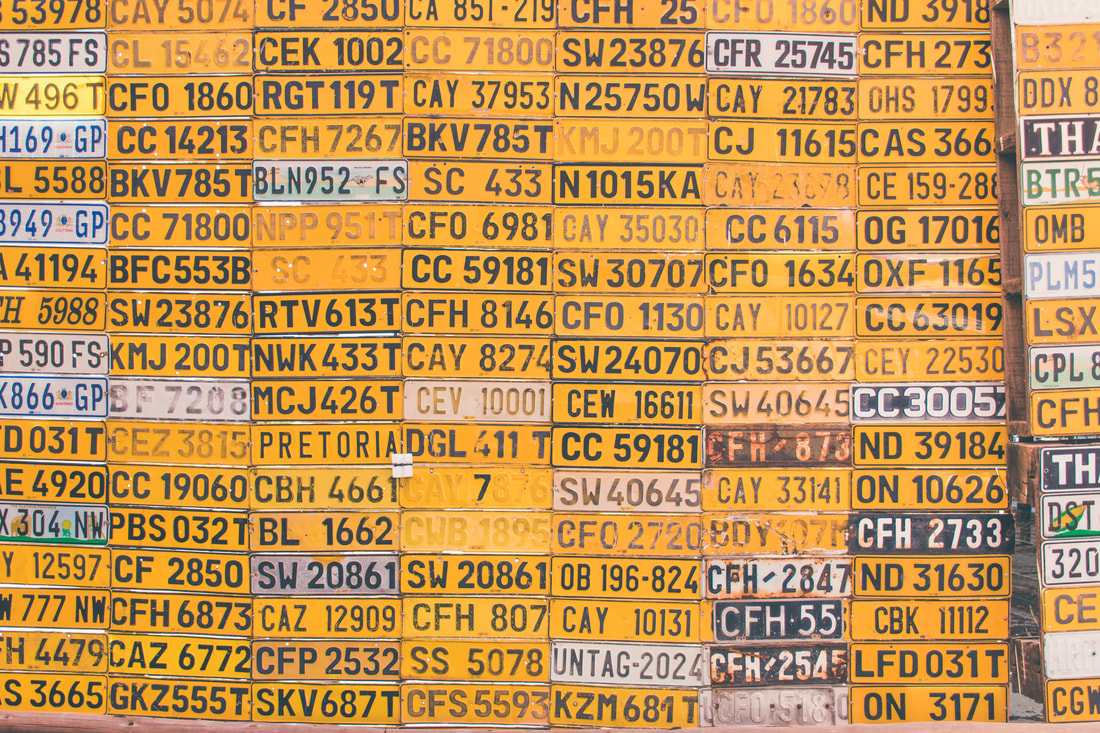
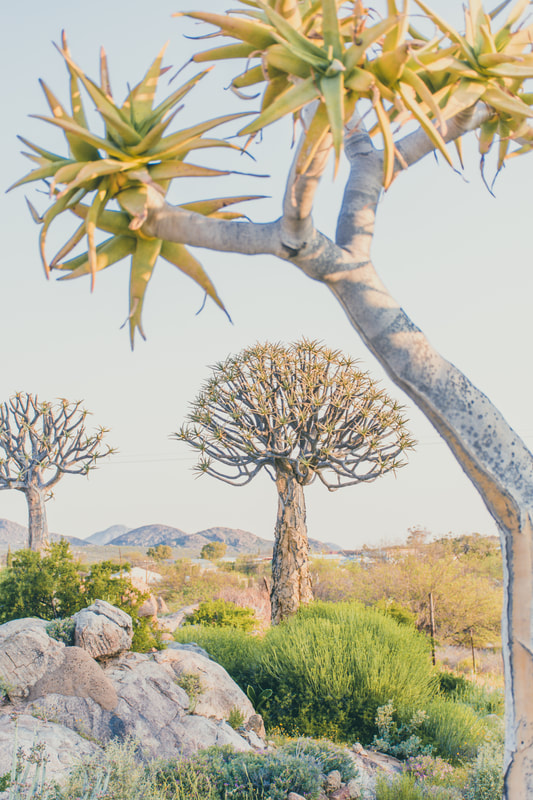
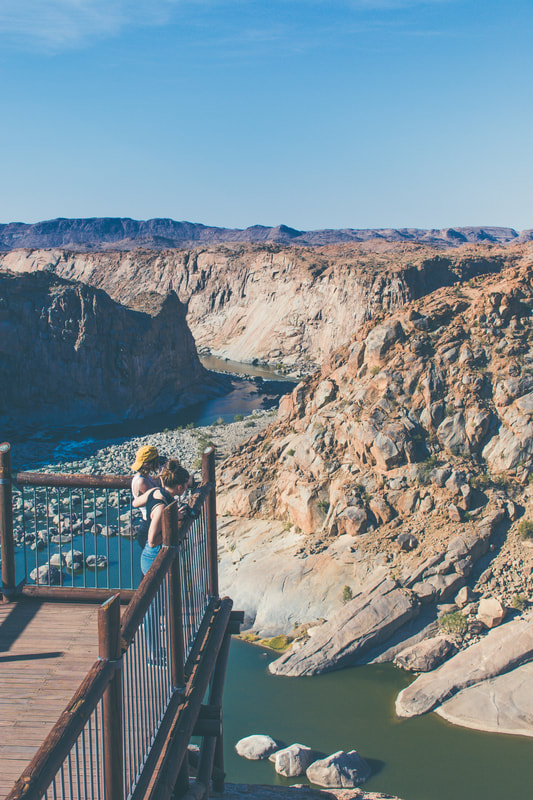
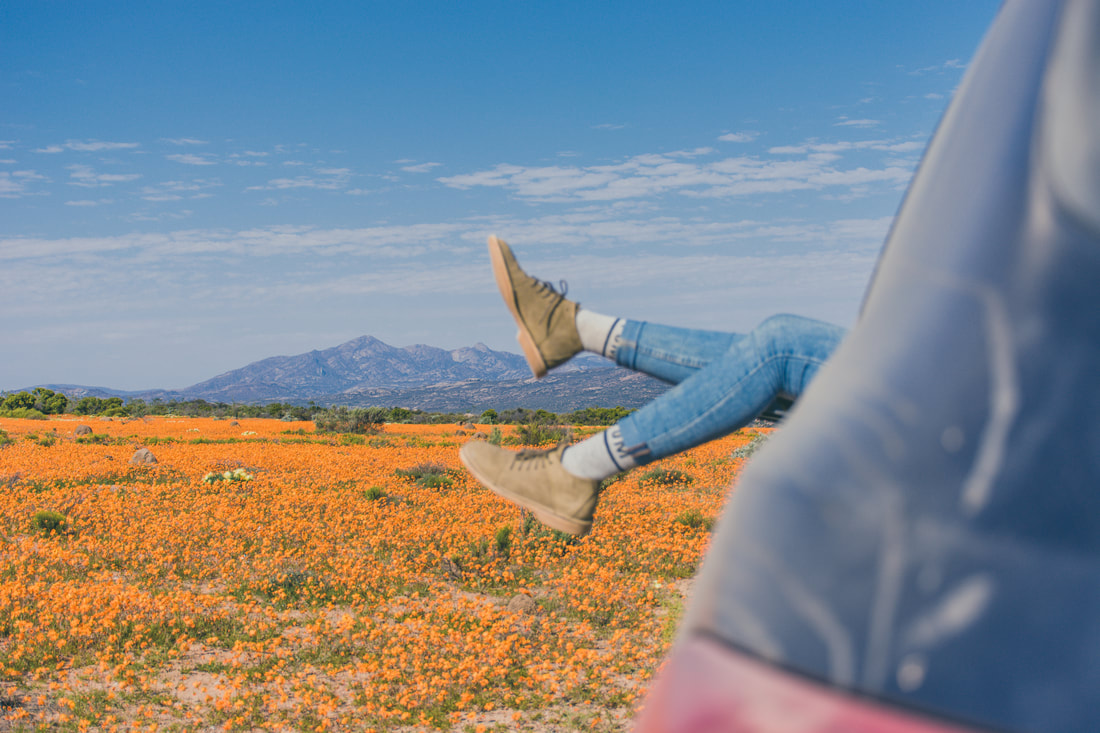
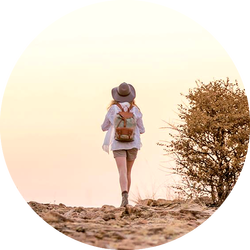
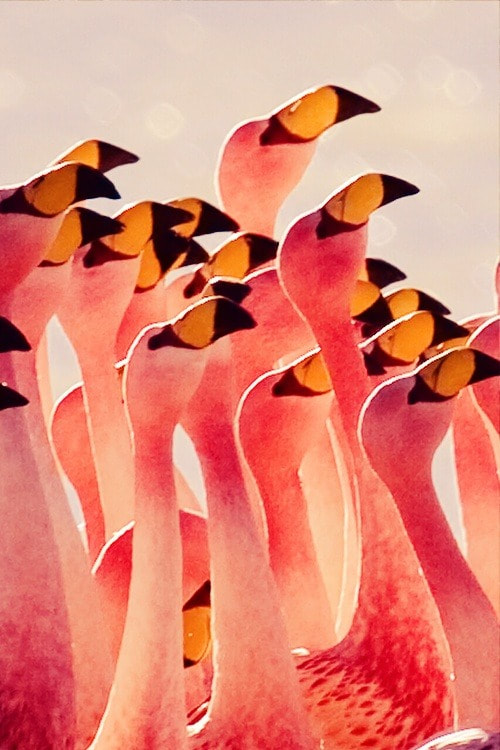
 RSS Feed
RSS Feed
